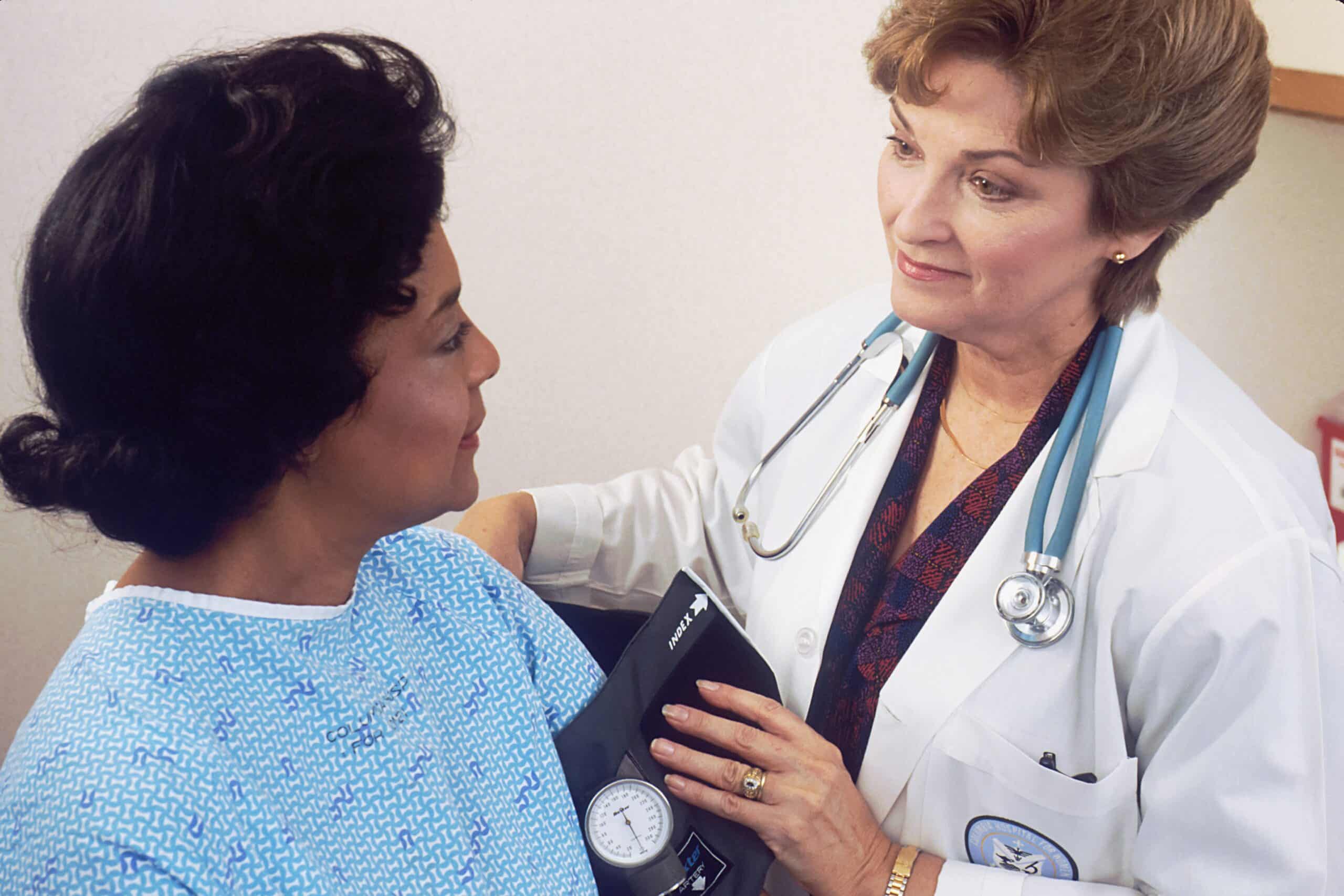Pre-menstrual symptoms can be particularly severe for women living with endometriosis, often going far beyond the discomforts of typical PMS. The condition causes a wide range of physical and emotional symptoms that intensify just before menstruation. Understanding these signs—and how they differ from standard PMS—is essential for effective management. Hormonal shifts, inflammation, and the presence of endometrial tissue outside the uterus all contribute to this monthly cycle of distress. Fortunately, treatments like hormone therapy, lifestyle changes, and symptom tracking can offer significant relief. ECE Dr Rachel provides a personalized, holistic approach to help patients gain control over their endometriosis symptoms and improve daily quality of life.
Key Takeaways
- Endometriosis-related pre-menstrual symptoms are often more intense and disruptive than typical PMS signs.
- Hormone therapy helps reduce pain by regulating hormonal fluctuations.
- Regular symptom tracking reveals patterns that guide more precise and effective treatment strategies.
- Lifestyle changes, including diet and stress management, support physical and emotional symptom relief.
- Timely professional care is vital when symptoms worsen or begin to impact work, relationships, or mental health.
What Are the Common Pre-Menstrual Symptoms in Endometriosis?

Women with endometriosis report that their symptoms intensify during the pre-menstrual phase. Common physical symptoms include severe pelvic pain, cramping, back pain, bloating, constipation, and heavy bleeding—often more painful and disruptive than typical PMS.
Which Physical Symptoms Indicate Pre-Menstrual Endometriosis?
The physical symptoms of pre-menstrual endometriosis often include sharp or cramp-like pain in the pelvic area, lower back, and abdomen, which may extend toward the rectum. Many women experience digestive issues such as nausea and constipation due to inflammation and pressure from the extrauterine tissue. In some cases, pain during sexual intercourse (dyspareunia) and urinary discomfort are also reported. These symptoms can be so disruptive that they interfere with daily activities and quality of life.
How Do Emotional and Psychological Symptoms Manifest Before Menstruation?
In addition to physical pain, many women experience emotional and psychological distress before menstruation. Increased anxiety, depression, irritability, and mood swings are common, often linked to both hormonal fluctuations and ongoing pain. This emotional strain can lead to frustration, isolation, and difficulty concentrating, further affecting work and social interactions. The American Psychiatric Association notes that chronic pain conditions like endometriosis significantly impact mental health.
What Are the Differences Between Endometriosis Symptoms and Regular PMS?
While typical PMS may cause mild bloating, breast tenderness, and irritability, endometriosis-related symptoms tend to be much more severe. Women with endometriosis describe intense pelvic pain, heavy bleeding, and significant gastrointestinal issues that start earlier in the cycle and persist longer than in PMS. Differences in inflammatory markers and hormone levels help distinguish endometriosis from milder PMS, indicating that more aggressive treatment is often needed.
Why Do Pre-Menstrual Symptoms Occur in Endometriosis?

Pre-menstrual symptoms in endometriosis are mainly caused by hormonal fluctuations and inflammation. As the menstrual cycle progresses, rising and falling levels of estrogen and progesterone lead to the shedding of both uterine and extrauterine endometrial tissue. This process triggers local inflammation, release of prostaglandins, and increased pain sensitivity.
How Does Endometrial Tissue Outside the Uterus Affect Symptoms?
Ectopic endometrial tissue responds to hormonal changes like the tissue in the uterus but has no natural outlet for shedding. This trapped tissue causes irritation, inflammation, and scar tissue (adhesions), which in turn stimulate nerve endings and produce severe pain. The presence of this tissue can also disrupt the normal function of nearby organs, leading to additional gastrointestinal and urinary issues.
What Role Do Hormonal Changes Play in Symptom Development?
High estrogen levels during the luteal phase can promote the growth of both normal and ectopic endometrial cells, while a decline in progesterone fails to balance this effect. This hormonal imbalance triggers an inflammatory cascade that heightens pain sensitivity and worsens symptoms. Research from controlled trials shows that increased prostaglandin production during these hormonal shifts is a key factor in the resulting cramping and pain.
How Does Inflammation Contribute to Pre-Menstrual Discomfort?
Inflammation is central to the pain experienced in endometriosis. The ectopic tissue releases cytokines that attract immune cells, leading to tissue swelling and irritation. This inflammatory state not only increases pain but may also contribute to oxidative stress and cellular damage. Managing inflammation is therefore essential for reducing the severity of pre-menstrual discomfort.
How Can Patients Track and Monitor Pre-Menstrual Symptoms in Endometriosis?

Regular tracking of symptoms can greatly assist patients and healthcare providers in managing endometriosis. By documenting pain, mood changes, and other symptoms, women can identify patterns and triggers, which helps in tailoring treatment plans effectively.
What Tools and Methods Help Record Symptom Patterns?
Many patients use mobile apps designed for menstrual and pain tracking because they offer a systematic way to record daily symptoms such as pain intensity, mood, and medication use. Traditional paper journals or digital diaries are also useful. Some tools even provide visual graphs that reveal symptom trends over the menstrual cycle, which can be shared with physicians to inform treatment adjustments.
How Does Tracking Improve Diagnosis and Treatment Plans?
Detailed symptom diaries help clinicians detect changes in the condition and evaluate treatment effectiveness. Noticing a pattern of increasing pain or other symptoms can signal disease progression or the need for treatment adjustments. Furthermore, tracking differentiates endometriosis from conditions with similar symptoms, leading to more accurate diagnosis and personalized care.
When Should Patients Seek Medical Advice Based on Symptom Tracking?
Patients should consult their healthcare provider if they notice a significant change in their symptom patterns or the emergence of new symptoms. For example, a sudden increase in pelvic pain or changes in bleeding patterns may be signs of disease progression or complications. Early professional intervention can help prevent further issues and optimize treatment strategies.
What Are the Effective Management Strategies for Pre-Menstrual Symptoms in Endometriosis?

Managing pre-menstrual symptoms in endometriosis usually requires a combination of medical treatments, lifestyle changes, and complementary therapies to address both physical and emotional aspects of the condition.
Which Medical Treatments Reduce Pre-Menstrual Symptoms?
Hormonal treatments are a cornerstone in managing endometriosis. Options include combined oral contraceptives, progestin-only formulations, and gonadotropin-releasing hormone (GnRH) agonists such as leuprorelin and elagolix. These treatments help regulate the menstrual cycle, minimize estrogen-driven tissue growth, and reduce inflammation. Additionally, non-steroidal anti-inflammatory drugs (NSAIDs) are commonly used for pain relief. In some cases, selective serotonin reuptake inhibitors (SSRIs) are prescribed to alleviate mood-related symptoms.
How Can Lifestyle Changes Alleviate Symptoms?
Lifestyle modifications can play a significant role in symptom management. Regular exercise helps reduce inflammation and release natural pain relievers (endorphins). Stress-relief practices like yoga, meditation, and deep breathing can lower cortisol levels and ease both physical and emotional symptoms. Dietary adjustments—such as reducing processed sugars and increasing omega-3 fatty acids, antioxidants, and fiber—may also help control inflammation and improve overall well-being.
What Complementary Therapies Support Symptom Control?
Complementary treatments such as acupuncture have been shown to reduce chronic pain by stimulating the body’s natural healing responses. Herbal remedies like curcumin, ginger, and cinnamon also offer anti-inflammatory benefits. Mind-body therapies, including cognitive-behavioral therapy (CBT) and mindfulness-based stress reduction (MBSR), can help manage the emotional impact of chronic pain, making them valuable additions to conventional treatment plans.
How Does Pre-Menstrual Symptom Severity Impact Quality of Life in Endometriosis?

The severe symptoms associated with endometriosis can profoundly affect a woman’s quality of life. Persistent pain, digestive issues, and emotional stress can interfere with work, studies, relationships, and daily activities.
What Challenges Do Patients Face During the Pre-Menstrual Phase?
During the pre-menstrual phase, many women experience absences from work or school and find it difficult to maintain social interactions due to constant pain and fatigue. The ongoing cycle of physical discomfort and emotional strain can lead to feelings of isolation and frustration. This not only affects mental health—with increased risks of depression and anxiety—but also undermines daily productivity and overall life satisfaction.
How Can Support Networks and Communities Help?
Support from family, friends, and patient advocacy groups is essential. Sharing experiences in support groups or therapy sessions can provide emotional relief and practical advice for managing symptoms. Access to educational resources and specialized workshops can further empower patients to take charge of their health. Such community support helps bridge the gap between clinical treatment and everyday challenges.
What Resources Are Available for Ongoing Education and Assistance?
Women seeking to learn more about endometriosis can benefit from reputable health websites, advocacy groups, and specialized foundations. Webinars, seminars, and online support groups offer current information on treatment options and lifestyle adjustments. Books and blogs by experts also serve as valuable tools for staying informed and engaged in one’s own care.
When Should You Consult a Specialist for Pre-Menstrual Symptoms in Endometriosis?

Knowing when to seek specialist care is critical to managing endometriosis effectively. While mild symptoms may be managed conservatively, any significant change should prompt professional evaluation.
What Signs Indicate the Need for Specialist Evaluation?
Seek specialist care if pelvic pain becomes debilitating, if there are noticeable changes in menstrual bleeding (such as sudden heavy bleeding), or if new symptoms like painful intercourse or severe gastrointestinal issues develop. These signs suggest that current management might need to be reassessed.
How Do Specialists Diagnose Pre-Menstrual Symptoms Related to Endometriosis?
Specialists use a combination of clinical evaluations, imaging techniques (like transvaginal ultrasound and MRI), and sometimes diagnostic laparoscopy to identify endometrial lesions. Blood tests to assess inflammatory markers and hormonal levels may also be used. Detailed symptom tracking further aids in forming an accurate diagnosis.
What Questions Should Patients Ask Their Healthcare Providers?
Patients should ask about the factors contributing to their symptoms, how ongoing tracking can guide treatment adjustments, the risks and benefits of various medical treatments, and whether complementary therapies might improve their condition. These discussions help ensure a comprehensive, personalized treatment approach.
Frequently Asked Questions
What are the main pre-menstrual physical symptoms experienced by endometriosis patients?
Patients often report intense pelvic cramps, lower back pain, bloating, breast tenderness, and fatigue before menstruation. These symptoms can begin days before their period and may be more severe than typical PMS. Painful bowel movements and headaches are also common. The inflammation caused by endometrial tissue worsens these premenstrual symptoms.
Can hormone therapy help reduce pre-menstrual symptoms in endometriosis?
Yes, hormone therapy can significantly reduce pre-menstrual symptoms by regulating or halting hormonal fluctuations. It helps suppress endometrial growth, lightens periods, and eases pain. ECE Dr Rachel offers customized hormonal treatments like pills, IUDs, and injectables. Her approach includes monitoring and adjustments for effective long-term relief.
How effective are lifestyle modifications in managing these symptoms?
Lifestyle changes can ease symptoms when used alongside medical treatment. Anti-inflammatory diets, regular exercise, and stress management help reduce pain and fatigue. ECE Dr Rachel often integrates these strategies into patient care plans. While not a cure, they support hormonal balance and overall well-being.
Is regular symptom tracking necessary for managing endometriosis?
Tracking symptoms helps patients understand their cycles, identify triggers, and evaluate treatment results. It supports better communication with healthcare providers and more informed care decisions. ECE Dr Rachel encourages using symptom tracking tools for this purpose. Consistent logging improves personalized treatment and long-term management.
When should I seek professional help for my pre-menstrual symptoms?
If your symptoms disrupt daily life or don’t improve with self-care, it’s time to seek help. Severe pain, irregular bleeding, or worsening fatigue could signal unmanaged endometriosis. ECE Dr Rachel provides expert diagnosis and individualized treatment options. Early intervention helps prevent complications and improves quality of life.
Conclusion
Living with endometriosis requires awareness, proactive care, and a tailored approach to symptom relief. Understanding how pre-menstrual symptoms present and why they occur empowers patients to seek better treatment. Tools like symptom tracking and the right lifestyle choices go a long way in managing flare-ups. Hormonal therapies, like those offered by ECE Dr Rachel, can significantly ease the monthly burden. Patients are encouraged to pay attention to their cycles and not ignore changes that signal worsening conditions. With the right support and resources, managing endometriosis becomes not just possible—but life-changing.
Ask ChatGPT

